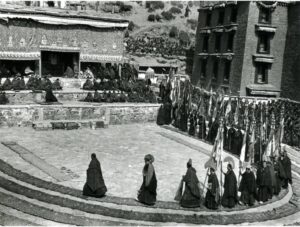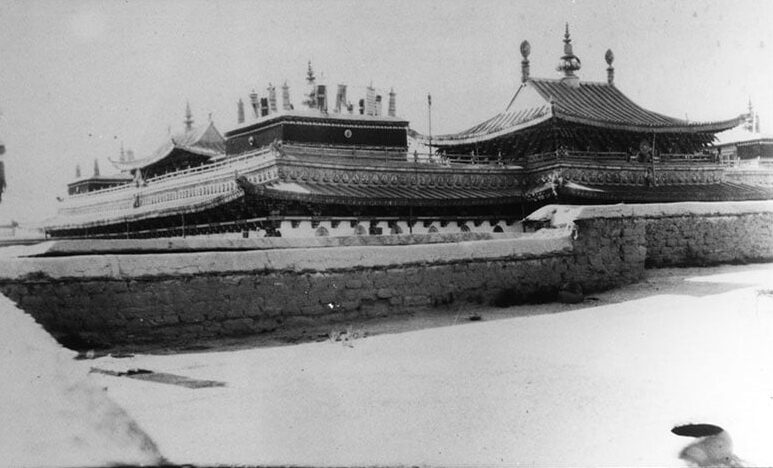Historical Facts About Tibet
The Tibetan people, uniquely adapted to the challenging Tibetan plateau, with an average altitude of 14,000 feet, have a recorded history dating back to 127 B.C.E. The Tibetan Empire flourished during the 7th and 8th centuries, uniting the plateau into a single country. The introduction of Buddhism from the 6th to the 9th century led to the neglect of the military empire in favor of nonviolence and enlightenment. Tibet surrendered to the Mongols in the 13th century and later became a tributary to the Mongol Empire until 1368. During China’s Ming Dynasty, Tibet was independent under three Tibetan ruling houses. In 1642, the Great Fifth Dalai Lama created the Ganden government, officially forming Tibet into a spiritual nation. However, in 1950, the People’s Liberation Army of China invaded Amdo and Kham, leading to the Chinese occupation of Lhasa in 1951. Resistance escalated, resulting in a massacre in 1959, prompting the Dalai Lama’s exile. The contemporary situation reveals a reduced “Tibet Autonomous Region,” with cultural destruction evidenced by the destruction of monasteries and strict regulations. Environmental devastation follows, with the exploitation of Tibet’s unique ecosystem. Chinese military installations and a population transfer of over 8 million Chinese into Tibet further threaten the distinct Tibetan culture, posing significant challenges for the Tibetan people and their ancient
Educational Resources:
Old Tibet Photographic Archive
The Old Tibet Photographic Archive was initiated in 1992 with the gift of the photographic collection and journal writings of missionary Marion Grant Griebenow.
A substantial grant from the Henry R. Luce Foundation was awarded to restore that collection, which comprises the core of the Old Tibet Archive with some 3,000 images from Tibet (1928-1949).
By 1969, approximately 6,250 monasteries, the cultural centers of Tibetan life, had been destroyed. In the 1980s, some were rebuilt and reopened, but the Chinese authorities tightly control activities in these monasteries, forcing individual monks and nuns to apply for a permit in order to join. Strict regulations require an oath of allegiance to communist ideals. Devotion to H.H. the Dalai Lama is banned both inside and outside the monasteries. Prisons and labor camps are among the most common methods of persecution. Numerous Tibetans have perished from starvation and hard labor while in captivity.
HISTORICAL SUMMARY
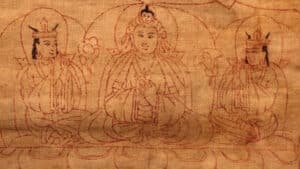
In the 13th century, Tibet surrendered to the Mongols to avoid an invasion and became a tributary to the Mongol Empire until 1368. During China’s Ming Dynasty (1368-1644), Tibet was completely independent under three Tibetan ruling houses. In 1642, the Great Fifth Dalai Lama created the Ganden government, with a unique monastic/secular coordinated administration. This government demilitarized Tibet and officially formed it into a spiritual nation that supported Buddhist education above all and was economically self-sufficient. In foreign affairs, the Dalai Lama became the mentor of many Mongol Khans and the new Manchu Emperor of Manchuria and China, receiving worldly protection for Tibet in exchange for giving spiritual teachings to the Manchurians and maintaining peace with the Mongolians and Uighurs.
In 1904, the British invaded Tibet to impose a trade agreement upon the Tibetan government and also to prevent Tibet from coming under the protection of Russia. In 1949 and 1950, the People’s Liberation Army of the People’s Republic of China invaded the Eastern provinces of Amdo and Kham. In 1951, when world governments, including India, England, and the US, declined to confirm Tibet’s inviolate national status, the Chinese government imposed the so-called “17-point Agreement for the Peaceful Liberation of Tibet” on the Tibetan government and soon after marched unopposed into the Tibetan capital of Lhasa. Resistance to the Chinese occupation escalated, particularly in eastern Tibet, and Chinese repression increased dramatically.
By 1959, popular uprisings led to a massacre of Tibetans in Lhasa; His Holiness the XIV Dalai Lama was forced to flee to India for his safety, where he has lived in exile ever since with around 100,000 of his people. Since the invasion, an estimated 1.2 million Tibetans were killed as a result of the Chinese occupation. After escaping from Tibet in 1959, H.H. the Dalai Lama established a democratic government in exile in Dharamsala, India. In 1989, he received the Nobel Peace Prize for his long-term efforts to resolve the Tibetan issue peacefully. Since then, he has worked to engage the Chinese leadership in a constructive dialogue, offering a win-win resolution to the China-Tibet conflict. He is celebrated worldwide as the living exemplar of the nonviolent approach to peace.
THE CONTEMPORARY SITUATION

This explains why, although Tibetans count themselves as 6 million people, the Chinese often set the number at 2 million.
CULTURAL DESTRUCTION
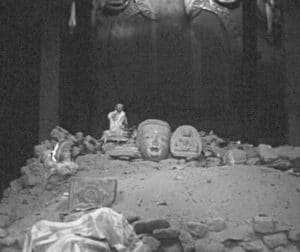
TIBETAN DECLARATION OF INDEPENDENCE

Then, the 13th Dalai Lama returned to Tibet and issued a proclamation to mark the restoration of Tibetan independence.
Click here to read the English translation of the Tibetan Declaration of Independence.
ENVIRONMENTAL DEVASTATION
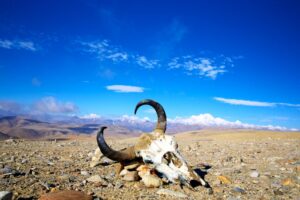
With an average elevation of 14,000 feet, Tibet is literally the highest nation on earth.
Five of Asia’s great rivers, including the Yarlung Tsangpo (Brahmaputra), Senge Khabab (Indus), the Langchen Khabab (Sutlej), the Macha Khabab (Karnali), Arun (Phongchu), the Gyalmo Ngulchu (Salween), the Zachu (Mekong), the Drichu (Yangtse) and Machu (Huang he or Yellow River), flow from Tibet into China, India, Pakistan, Nepal, Bhutan, Bangladesh, Burma, Thailand, Vietnam, Laos and Cambodia. This river system, of rivers and their tributaries, underpin the lives and livelihoods of well over two billion people in Asia.
More than 15,000 natural lakes are also found in Tibet. Some of the prominent lakes are Tso Ngonpo (Kokonor lake) being the largest, Mapham Yumtso (Mansarovar), Namtso, and Yamdrok Tso. Research figures show that rivers originating from Tibet sustain the lives of 47% of the world’s population, and 85% of Asia’s total population. Thus, the environmental issues affecting Tibet are not inconsequential regional issues, but have global significance warranting international attention. More than ever before, the need to save the Tibetan Plateau from ecological devastation is urgent. It is not only the question of the survival of Tibetans, but the survival of half of humanity.
Tibet’s forest cover totaled 25.2 million hectares. Most forests grow on steppes, isolated slopes of above 35 degrees in the river valleys of Tibet’s low lying southeastern region. The principal types of flora are tropical Montana and subtropical Montana coniferous forests, with evergreen spruce, fir, pine, larch, cypress, birch and oak among the main species.
Tibet also had rich and untapped mineral resources. It has deposits of about 126 different minerals accounting for a significant share of the entire world’s reserves of gold, lithium, uranium, chromite, copper, borax and iron. Tibet has the largest high-grade uranium deposit in the world. Amdo’s oil fields produce over 1 million tons of crude oil per year.
Tibet’s high plains, forests and mountains form a unique ecosystem on the planet and are home to an array of rare wildlife, including the snow leopard, clouded leopard, lynx, Tibetan takin [goat-antelope], Himalayan black bear, brown bear, wild yak (drong), blue sheep, musk deer, golden monkey, wild ass (Kyang), Tibetan gazelle, Himalayan mouse hare, Tibetan antelope, giant panda, red panda and others. This ecosystem and many of its species are now endangered.
In Tibet, there are over 532 different species of birds in 57 families. Some of them include stork, wild swan, Blyth’s kingfisher, goose, jungle flycatcher, redstart, finch, grey-dided thrush, Przewalski’s parrotbill, wagtail, chickadee, large-billed bush warbler, bearded vulture, woodpecker and beautiful nuthatch. The most famous and rare bird is the black-necked crane called trung trung kaynak in Tibetan.
Over 100,000 species of higher plants used to grow in Tibet, many of them rare and endemic. The plant species also include about 2,000 varieties of medicinal plants used in the traditional medical systems of Tibet, China and India. Rhododendron, saffron, bottle-brush, high mountain rhubarb, Himalayan alpine serratula, falconer tree and hellebonne are among the many plants found in Tibet. There are altogether 400 species of rhododendron on the Tibetan Plateau, which make up about 50 percent of the world’s total species. According to Wu and Feng (1992), the Tibetan Plateau is home to over 12,000 species of 1,500 genera of vascular plants.
The Chinese authorities have systematically exploited Tibet’s natural resources, devastating Tibet’s ancient forests and unique wildlife, mining minerals and precious herbs, and using the Tibetan plateau as a nuclear dump site. Construction of the recently completed railway into Lhasa further compromises this naturally fragile ecosystem. The rapid influx of tourists, miners, and Chinese immigrants that the train enables, will continue the trend of environmental destruction unless dramatic steps are taken to protect the land and its resources.
MILITARY INSTALLATIONS
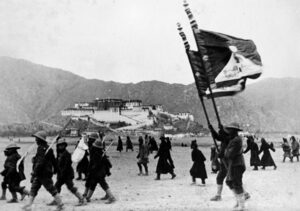
POPULATION TRANSFER
